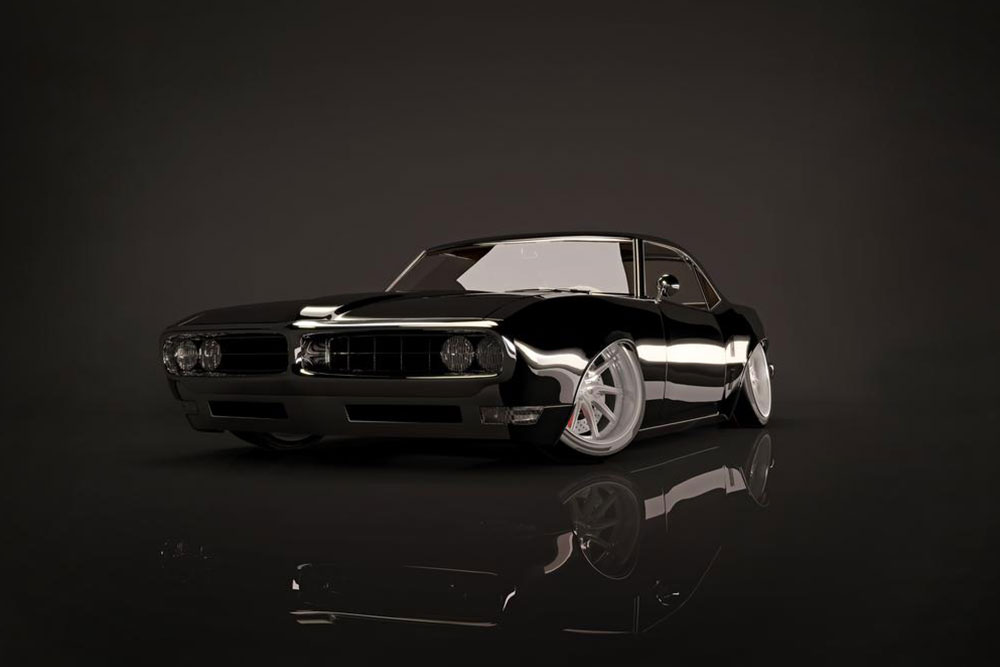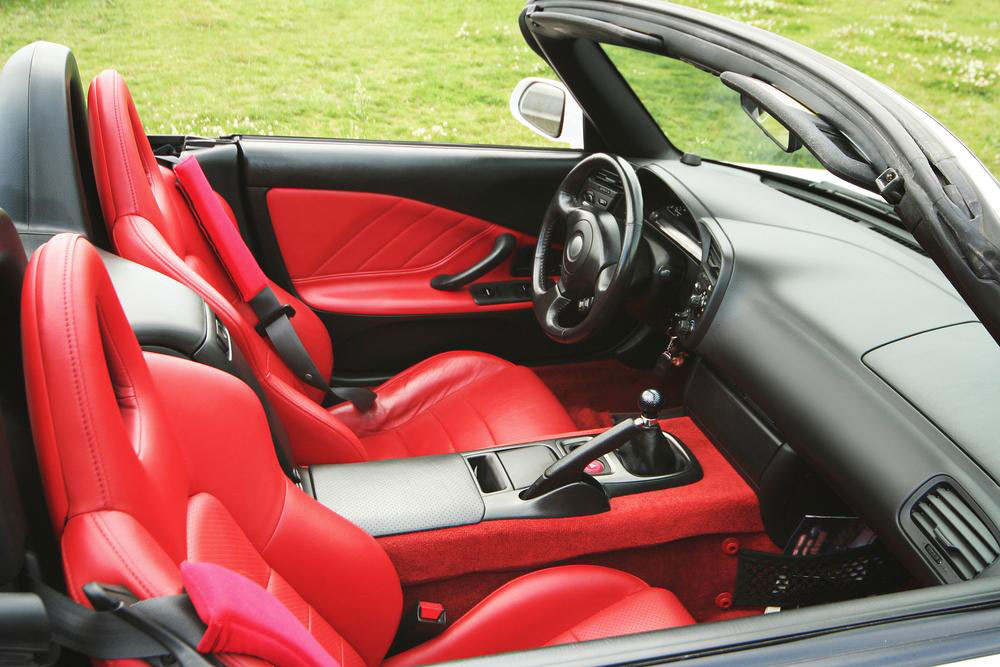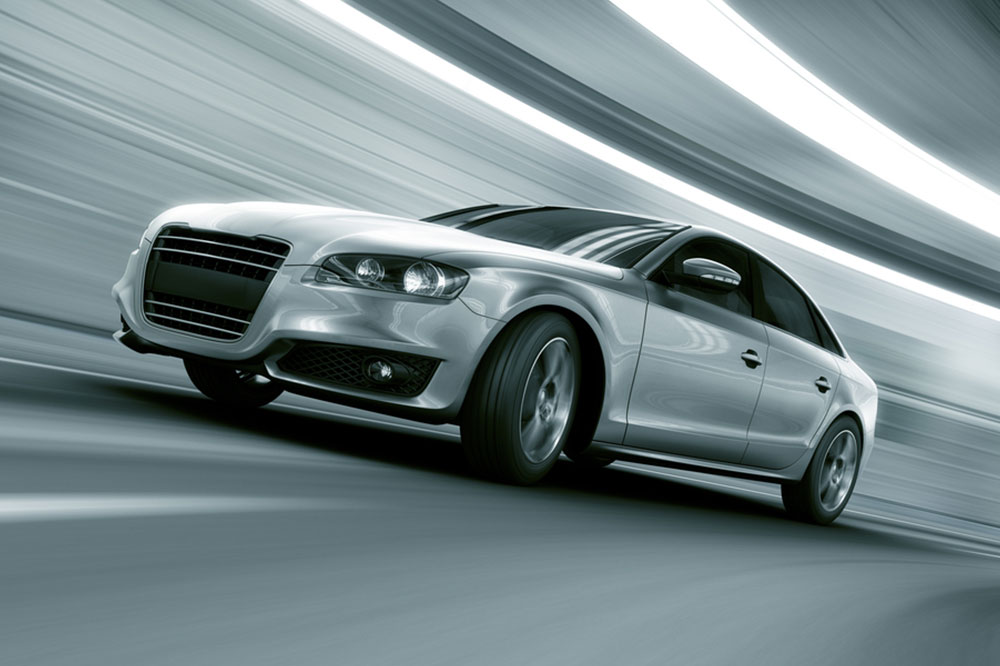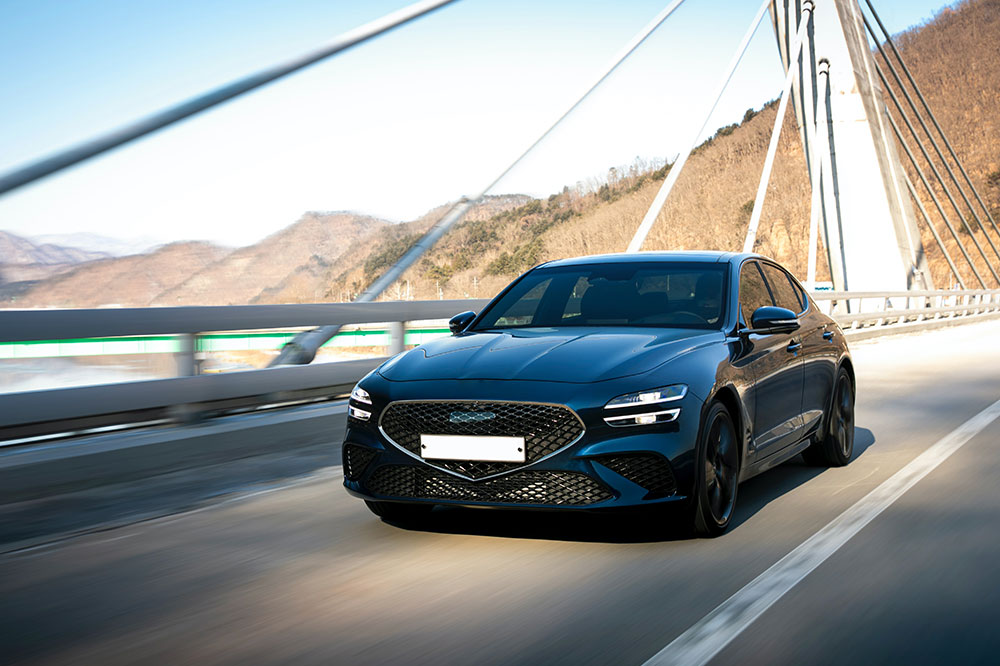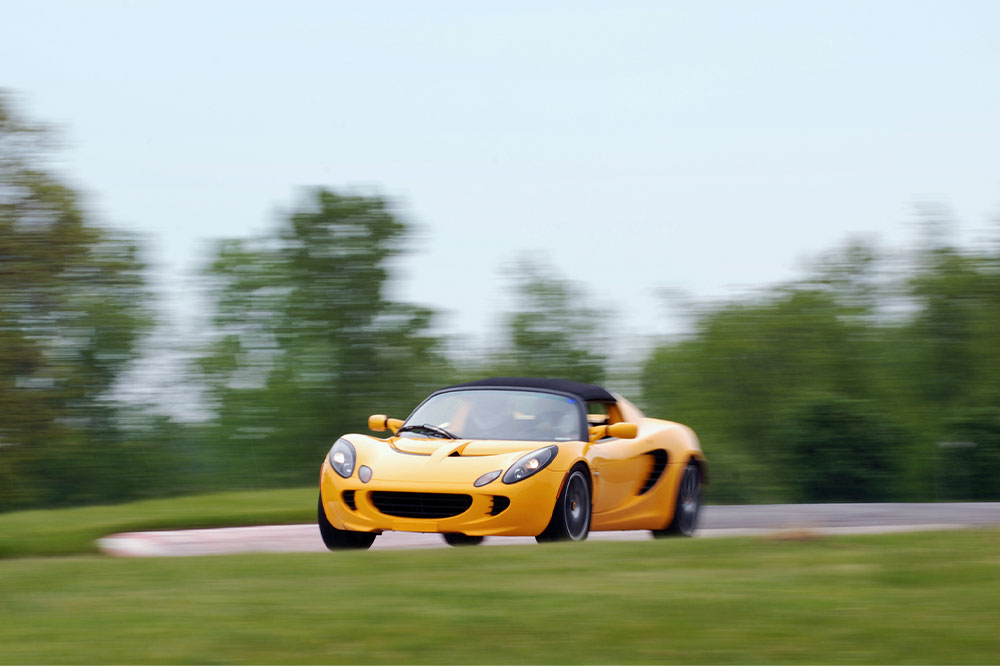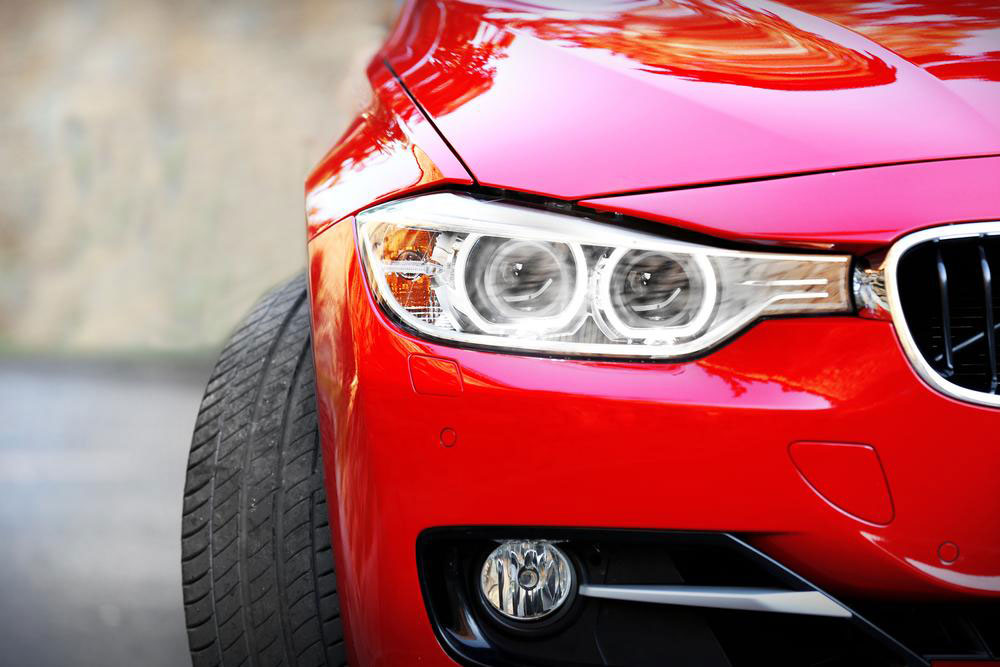Essential Features Every Classic Muscle Car Must Have
This article explores the essential features that define classic and modern muscle cars. It covers key elements like V8 engines, quarter-mile performance, rear-wheel drive, and practicality, highlighting what makes these vehicles iconic. Whether vintage or recent models, these attributes ensure muscle cars deliver raw power, style, and usability. The piece emphasizes the importance of performance, drive system, and accessibility, helping enthusiasts understand what to look for when choosing a true muscle car.
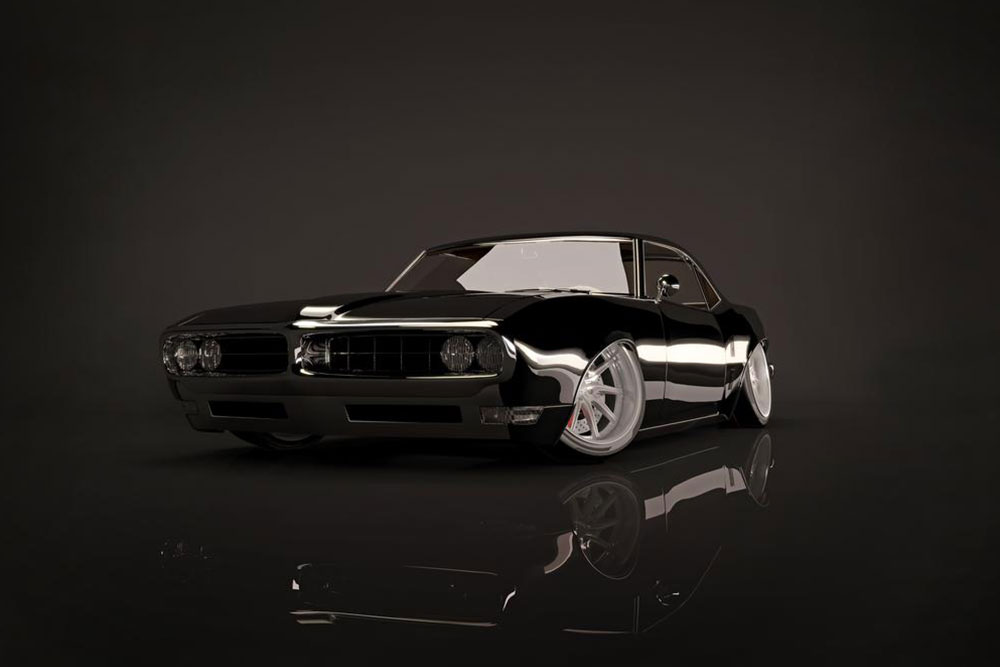
Essential Features Every Classic Muscle Car Must Have
Muscle cars are renowned for their powerful engines and extraordinary horsepower, making them stand out on the road. Originating in the 1960s in America, these vehicles were equipped with large, high-performance engines that delivered exhilarating speed. Over the decades, muscle cars have developed significantly, yet certain qualities remain essential for these icons. Here are four key features that define the best muscle cars, whether vintage or modern.
V8 Powertrain
At the core of any muscle car is a robust V8 engine, responsible for its signature power. Models like the Ford Mustang, Chevrolet Camaro, and Dodge Challenger have embraced V8 engines in recent redesigns, boasting top speeds exceeding hundreds of horsepower and 5000 cc of displacement. This engine type is a hallmark of true muscle cars, delivering raw performance.
Quarter-Mile Performance
Speed in straight-line acceleration, especially in drag races, is crucial. A muscle car’s prowess is demonstrated by its ability to complete a quarter mile swiftly. Modern vehicles like the latest Mustang can do this in under 14 seconds, a significant improvement over classic models, underscoring their performance capabilities.
Rear-Wheel Drive System
Authentic muscle cars traditionally feature rear-wheel drive, which enhances their power delivery and styling. Though all-wheel drive is gaining popularity, rear-wheel drive remains preferred for its dramatic smoke-outs and dynamic drifts through sharp turns. The wider rear tires and traditional drive setup contribute to the iconic muscle car experience.
Driver-Centric Design
Originally designed as accessible, versatile vehicles, muscle cars offer ample rear-seat space for practical use, including accommodating families. They are priced affordably compared to luxury sports cars, making them accessible to a broader audience. This balance of performance and practicality continues to define the essence of muscle cars.

